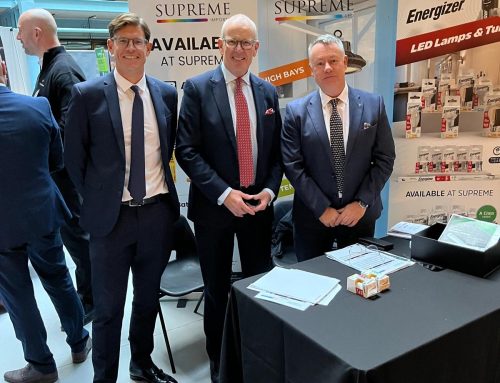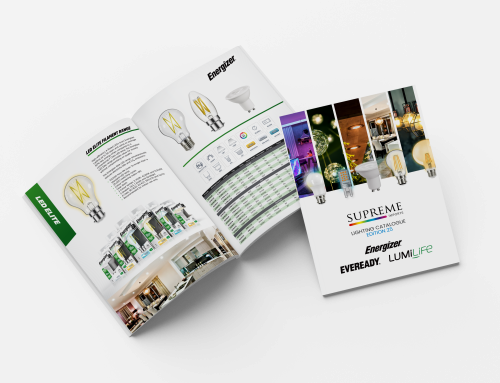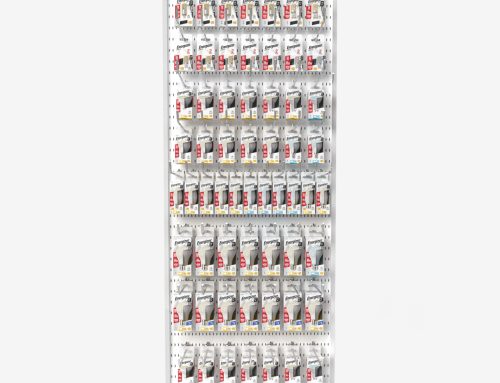What is a bulb?
A light bulb has traditionally referred to an incandescent bulb. Incandescent bulbs are a glass container with a filament which is heated by electrical current to give off light.
Modern halogen and fluorescent bulbs also work along this principle, although LED lightbulbs are now more favourable on the domestic market. An LED bulb uses an electronic diode instead of a traditional filament, generating more light for less energy.
All of these bulbs are differentiated by brightness (in watts or LED lumens) and by fitting. The most widespread fitting in the UK is the standard bayonet cap, although screw caps are still used for many devices.
Types of Lamp
Following the mandated phase-out of traditional incandescent bulbs across the European Union, the light bulb market is dominated by three types of bulb – Halogen, Compact Fluorescent Lighting (CFL or ‘Energy Saving Bulbs’) and LED.
Each is available in a range of brightness’s and with a range of caps.
-
CFL
Efficient, Energy-Saving Bulbs
CFL or Energy Saving bulbs provide a softer, warmer light and can take a while to reach full brightness. This has led to some consumers viewing them as inferior to incandescent bulbs. However, the product’s 10 year lifespan and low running costs make them a favourite amongst environmentally conscious customers.
-
LED bulb
Premium Quality Bulbs
LED bulbs offer instant, crisp and bright light. These bulbs are a more cost-effective alternative to their halogen and CFL counterparts, offering an unbeatable 25 year life span with a low running cost.
Market Information
The European light bulb market is a mature, stable market which has taken the phase out of incandescent bulbs in its stride. While the efficiency and lifespan of bulbs means that consumers need to purchase fewer bulbs, they remain an emergency impulse purchase driven by a definite need.
In the years up to 2016, the retro-fitting of more efficient lamp and lighting products has delivered significant growth. This peaked with a 13% increase in sales between 2015 and 2016 although this is expected to slow over the coming years.
The falling price of LED lighting has indicated a trend towards higher value LED products in the UK. In turn, this should ensure continued growth of 1-5% in the years up to 2020.
UK Bulb Market
The UK market is focused on improving lighting quality, especially at the domestic level. Customers demonstrate little brand loyalty, and advertising spend in this market is small.
Retailers who can demonstrate the value of high quality LED products may be able to take advantage of the shift towards more expensive light bulbs in the medium term.
If you have need of any specific advice on stocking and selling bulbs and lighting products, please contact our team today. We’ll be happy to help you in any way we can.




























